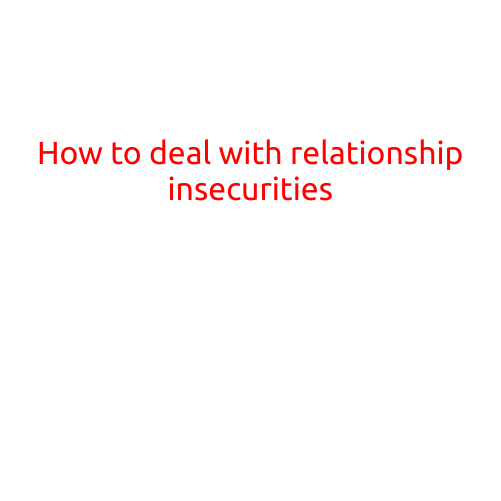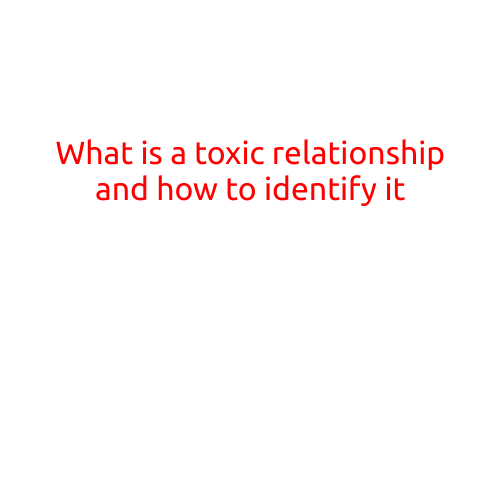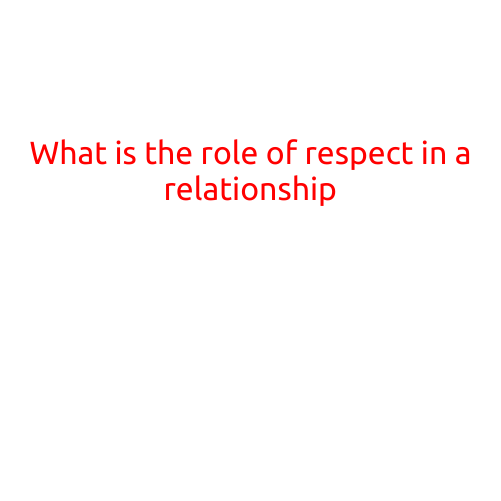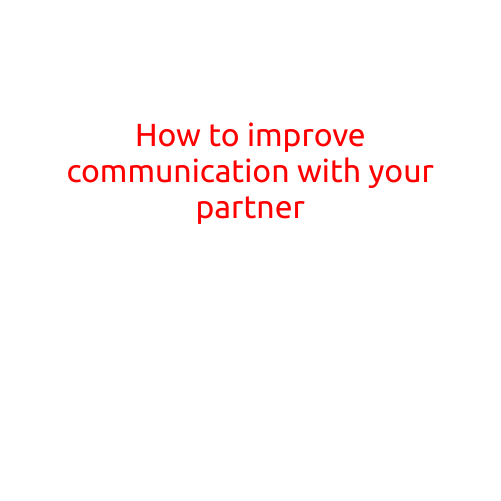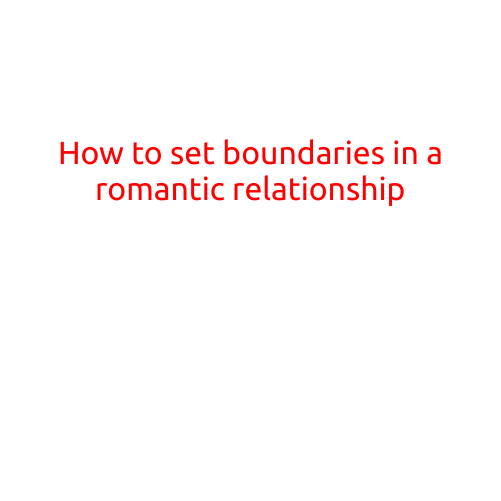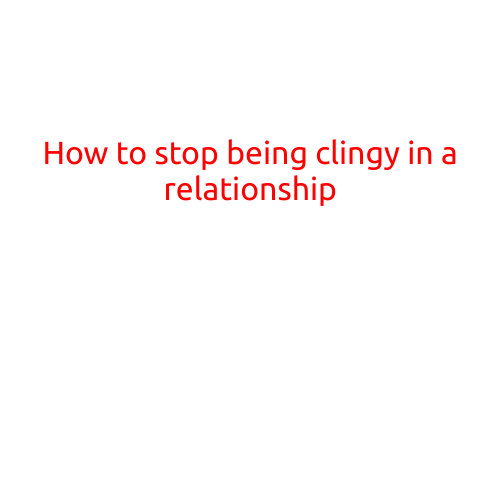
How to Stop Being Clingy in a Relationship: A Guide to Freedom and Trust
Clinginess can be a major turn-off in a relationship, causing your partner to feel suffocated, anxious, and unfulfilled. Being clingy can stem from a deep-seated fear of losing your partner, an excessive need for validation, or a lack of communication and trust. Whatever the reason, it’s essential to recognize the signs of clinginess and make conscious efforts to break free from this pattern. In this article, we’ll provide you with practical tips and strategies to help you stop being clingy in a relationship and cultivate a more balanced, loving connection.
Recognize the Signs of Clinginess
Before you can change, you need to identify the signs of clinginess in your behavior. Some common indicators include:
- Constant texting or calling: You find yourself repeatedly contacting your partner, asking about their whereabouts, or seeking reassurance.
- Invasion of personal space: You often surprise your partner with visits or “accidentally” show up at their workplace or social events.
- Need for constant attention: You feel anxious or uncomfortable when your partner is busy or doesn’t immediately respond to your calls or messages.
- Overly attached: You become possessive, jealous, or overly dependent on your partner, often questioning their loyalty or interest.
- Lack of trust: You struggle to trust your partner, constantly questioning their actions or intentions.
Breaking the Clingy Cycle
Now that you’ve acknowledged the signs of clinginess, it’s time to work on transforming your behavior. Here are some practical tips to help you stop being clingy:
- Practice Self-Reflection: Take the time to understand your motivations and needs. Ask yourself: “What am I trying to achieve through my clingy behavior?” and “What am I feeling insecure about?”
- Communicate Openly: Share your feelings and concerns with your partner, and actively listen to their perspective. Use “I” statements instead of blaming or accusing language.
- Set Boundaries: Establish healthy boundaries and respect your partner’s need for space and independence. Identify times when you feel the urge to contact your partner and find alternative ways to cope.
- Trust Your Partner: Cultivate trust by giving your partner space to make their own decisions and choices. Trust that they will come to you if they need anything.
- Explore Alternative Emotional Support: Build a strong support network consisting of friends, family, or a therapist. This will help you feel less reliant on your partner for emotional validation.
- Engage in Self-Care: Focus on your own personal growth, interests, and hobbies. This will help you develop a sense of identity and purpose beyond your relationship.
- Don’t Jump to Conclusions: When your partner doesn’t immediately respond, avoid jumping to conclusions or making assumptions. Give them the benefit of the doubt and respect their time.
Cultivating a Healthier Relationship
As you work on breaking the clingy cycle, remember to nurture your relationship by:
- Practicing Emotional Intelligence: Develop emotional awareness, empathy, and understanding to better navigate conflicts and challenges.
- Fostering Open Communication: Maintain open and honest communication to address any concerns or issues that may arise.
- Embracing Independence: Celebrate your individuality and the freedom to pursue your own interests, while still maintaining a strong connection with your partner.
Conclusion
Stopping being clingy in a relationship takes time, effort, and self-awareness. By recognizing the signs of clinginess, practicing self-reflection, and implementing the tips outlined above, you can transform your behavior and cultivate a healthier, more balanced connection with your partner. Remember that relationships thrive on trust, communication, and mutual respect. With patience and dedication, you can break free from the clingy cycle and enjoy a more fulfilling, loving relationship.
